Ueno Park: Top Reasons to Visit

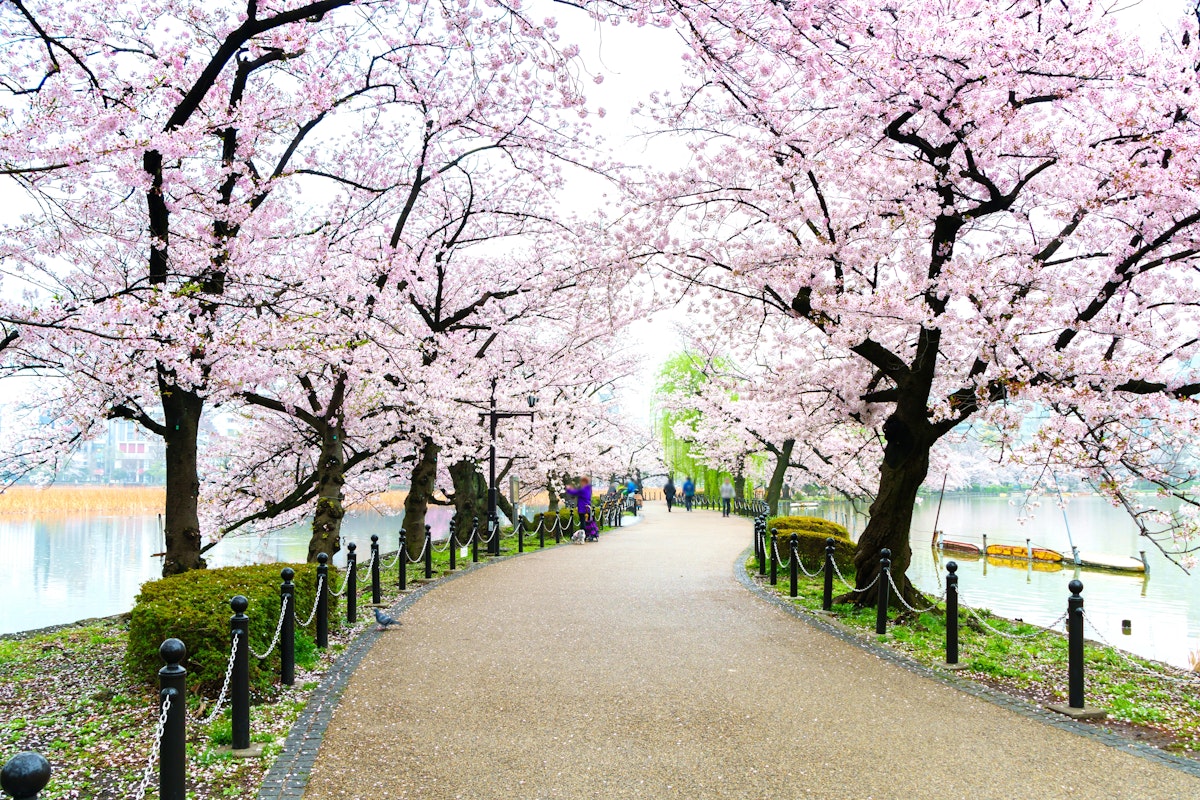
Ueno Park, a sprawling public space that covers over 133 acres in central Tokyo, is more than just a park: it's a vibrant hub of culture, nature, and history. As one of Japan's first public parks, established in 1873, Ueno Park boasts a rich past and an array of attractions that enthrall millions of visitors each year. From its world-renowned museums and tranquil temples to its bustling zoo and serene Shinobazu Pond, Ueno Park offers a unique blend of experiences that cater to all tastes.
Among the lush greenery and scenic beauty, you'll discover a treasure trove of cultural landmarks, stunning natural vistas, and recreational activities. Whether you're captivated by the cherry blossoms in full bloom, intrigued by the diverse flora and fauna, or drawn to the fascinating museums that house priceless artefacts, there's always something to captivate your senses in Ueno Park.
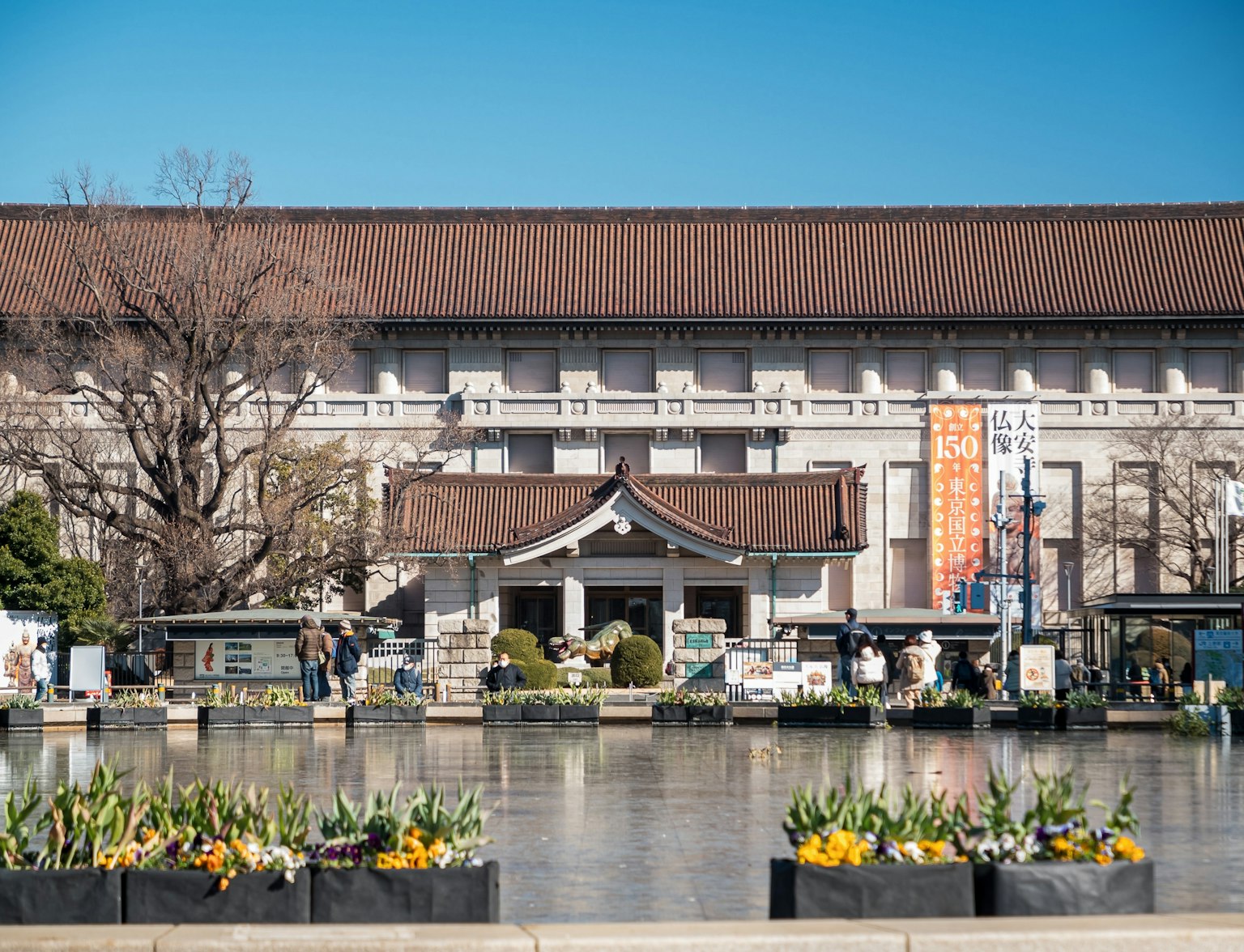
Explore Tokyo's historical and artistic highlights in this exciting tour. Visit Sensoji temple, Tokyo National Museum, Shibuya, and Harajuku, ending with a stroll down fashionable Omotesando street.
The Natural Beauty of Ueno Park
Ueno Park is a rich tapestry of diverse flora and fauna, providing visitors with an immersive natural experience in the midst of Tokyo's urban landscape. The park is home to a variety of trees, including ginkgo biloba, camphor tree, zelkova, and approximately 1200 cherry trees. Each species adds a unique touch to the park's scenery, from the yellow leaves of the ginkgo trees in autumn to the white blossoms of the cherry trees in spring.
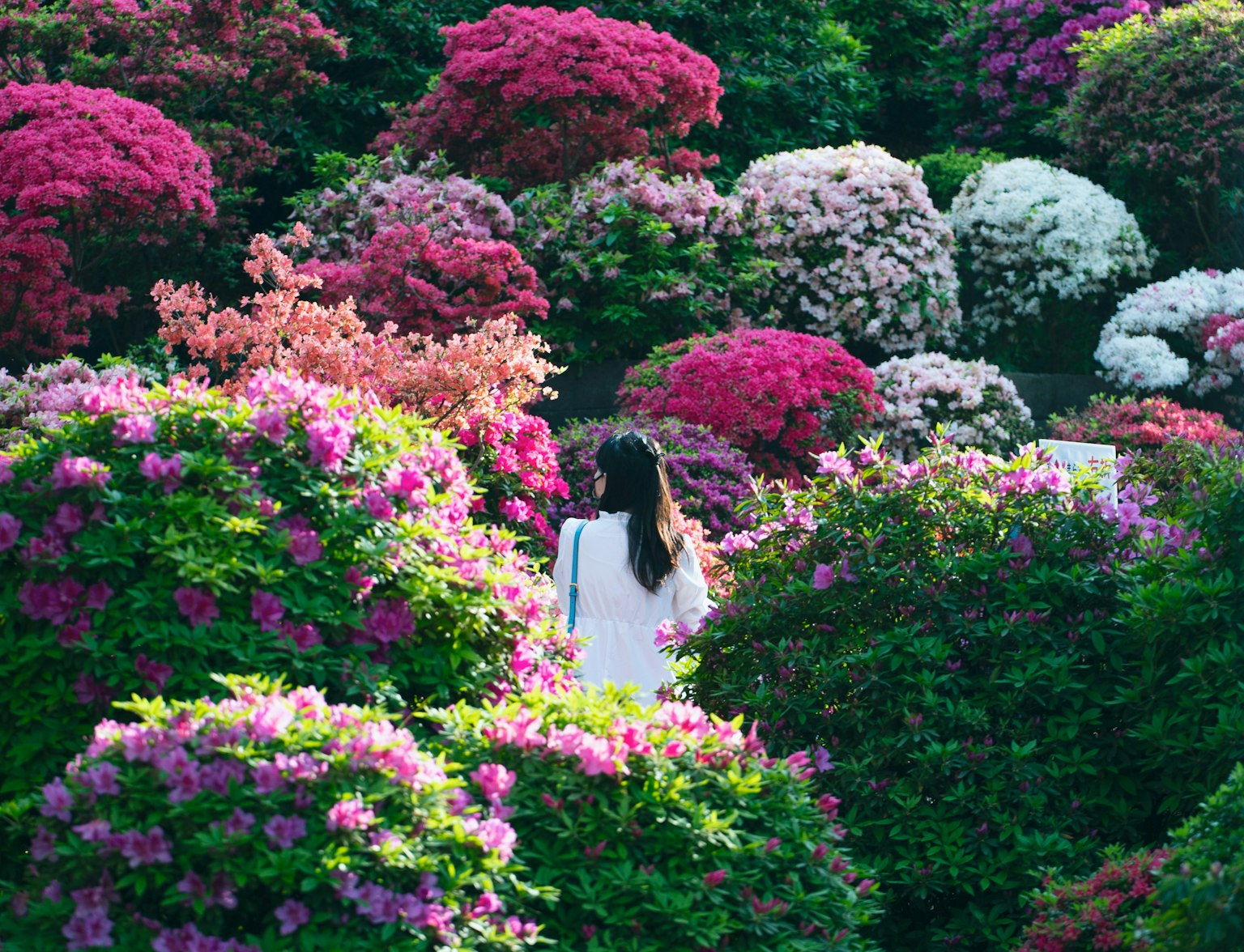
Explore Tokyo's hidden gems on our guided tour through the historic Ueno and Yanaka districts.
The park also hosts a wide range of birdlife, with over 63 species observed in the area. Among these are the Eurasian Tree Sparrow, Rock Dove, Great Cormorant, Brown-eared Bulbul, and Large-billed Crow. The park's ponds are frequented by various waterfowl such as the tufted duck, Eurasian wigeon, northern pintail, common pochard, little grebe, great egret, and great cormorant.
Cherry Blossom Season
Cherry blossom season, or sakura, is undeniably one of the most enchanting times to visit Ueno Park. As spring arrives, the park transforms into a stunning sea of pink and white as approximately 1,200 cherry trees burst into bloom. This spectacular display draws both locals and tourists alike, making it one of the most popular cherry blossom viewing spots in Tokyo.
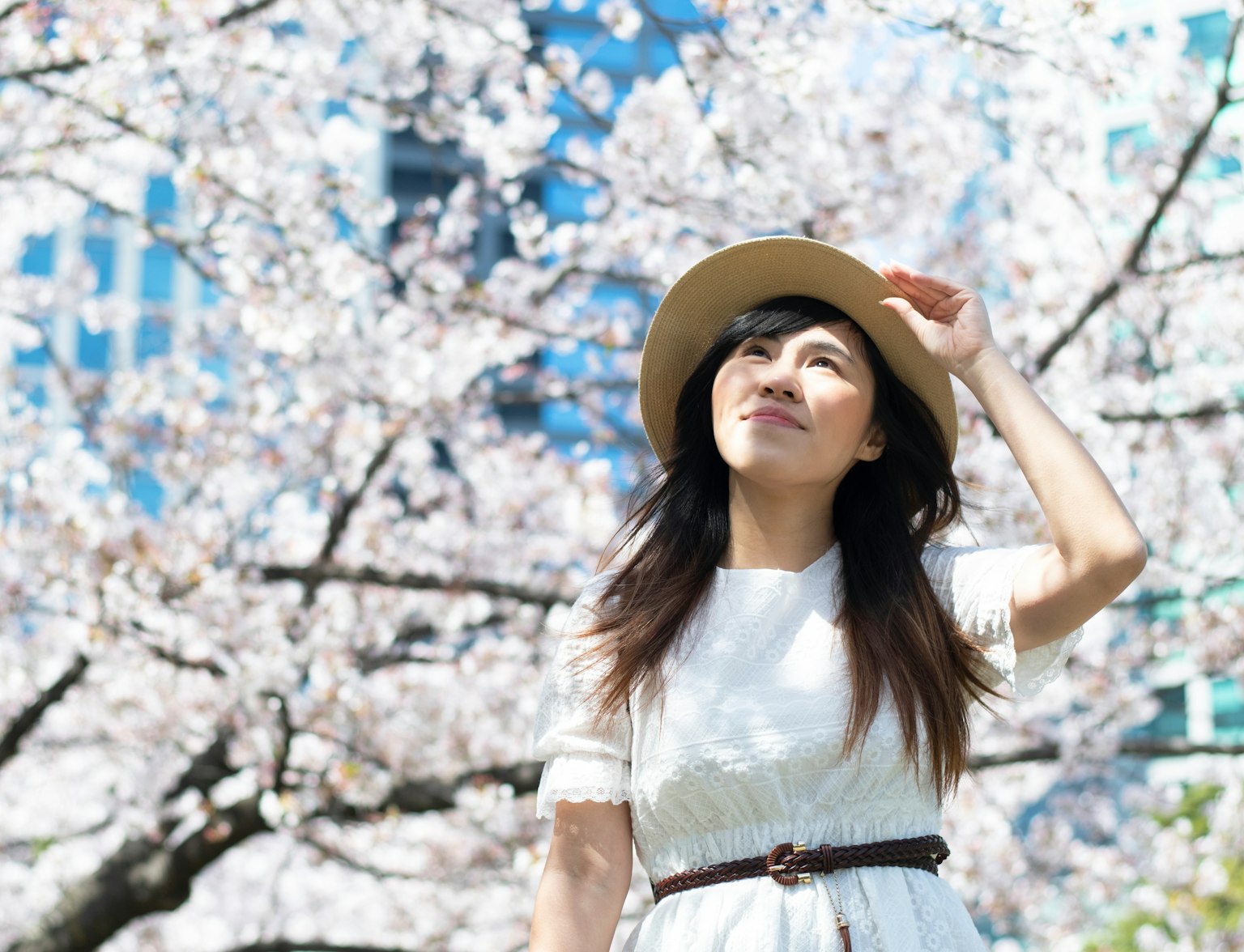
Embark on a private journey through Tokyo's cherry blossom season and immerse yourself in the city's natural and cultural beauty. Explore ancient temples, traditional shopping streets, and tranquil cemeteries adorned with stunning cherry blossoms.
During this season, the park becomes a lively venue for hanami (flower viewing) parties. The sight of families, friends, and colleagues gathered under the blossoming trees, enjoying picnics and celebrating the arrival of spring, is a quintessential Japanese experience. The cherry blossoms typically bloom from late March to early April, creating an ethereal atmosphere that adds a magical touch to any Ueno Park visit.
Cultural Landmarks within Ueno Park
Ueno Park in Tokyo is a cultural haven, boasting a variety of significant landmarks and attractions that reflect Japan's rich history and artistic heritage. Some of the key cultural landmarks within Ueno Park include:
Ueno Zoo
Established in 1882, Ueno Zoo holds the distinction of being Japan's oldest zoo. Over the years, it has evolved into a beloved institution that draws visitors from near and far. Covering an area of 14.3 hectares, the zoo is home to a wide array of wildlife species, offering a fascinating glimpse into the world of animals.
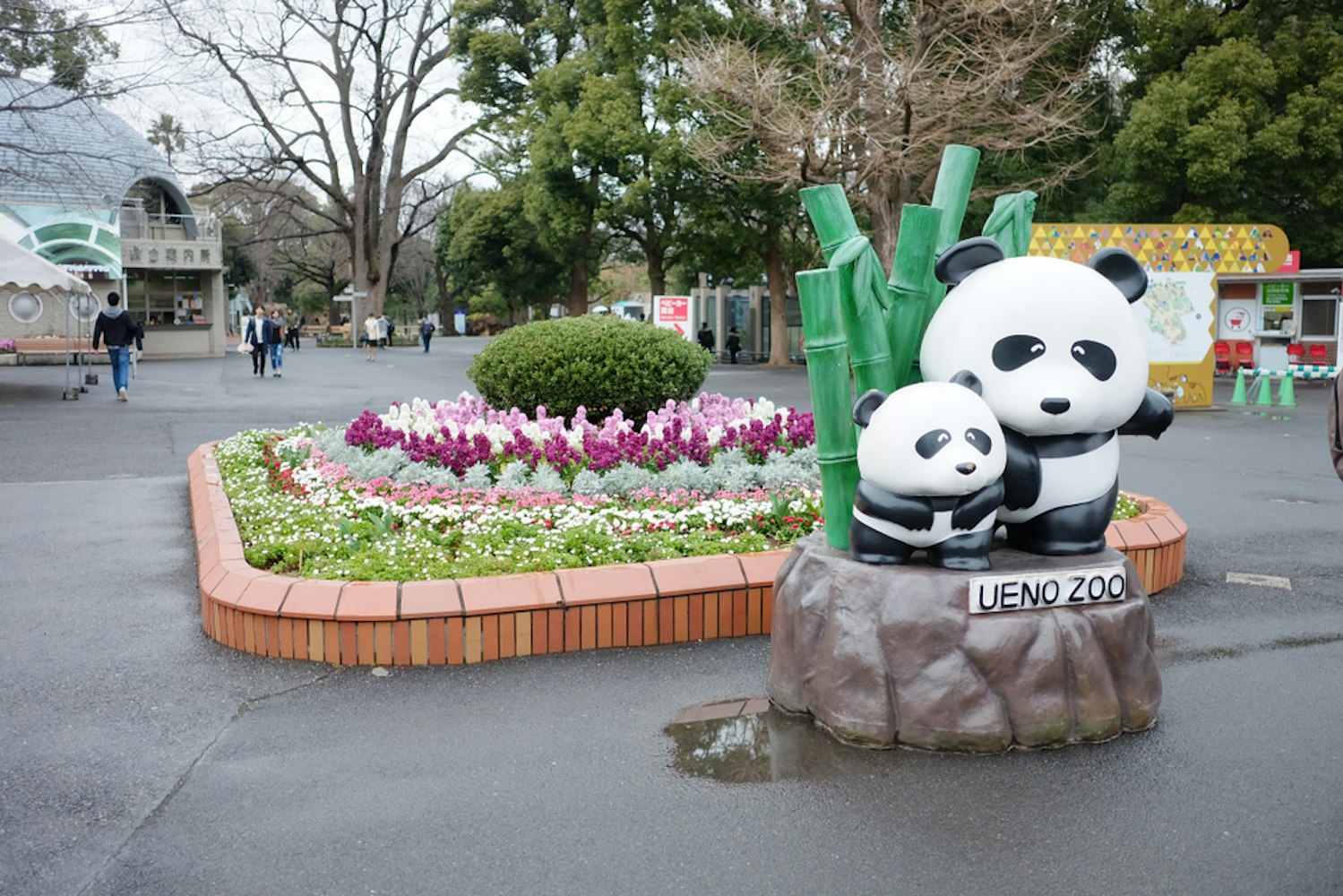
One of the main attractions at Ueno Zoo is the pair of giant pandas, a symbol of friendship between Japan and China. The zoo also features a range of exhibits that showcase animals from around the globe, including the Gorilla Woods, Tiger Forests, and a Japanese macaque enclosure. Through its commitment to wildlife conservation and education, Ueno Zoo continues to inspire and educate visitors about the beauty and diversity of the natural world.
Museums in Ueno Park
Ueno Park is renowned for its collection of world-class museums, each offering unique insights into various fields of knowledge and art. The Tokyo National Museum, the oldest and largest museum in Japan, houses over 110,000 items, including numerous national treasures and important cultural properties. It provides a comprehensive overview of Japanese and Asian art and archaeology.
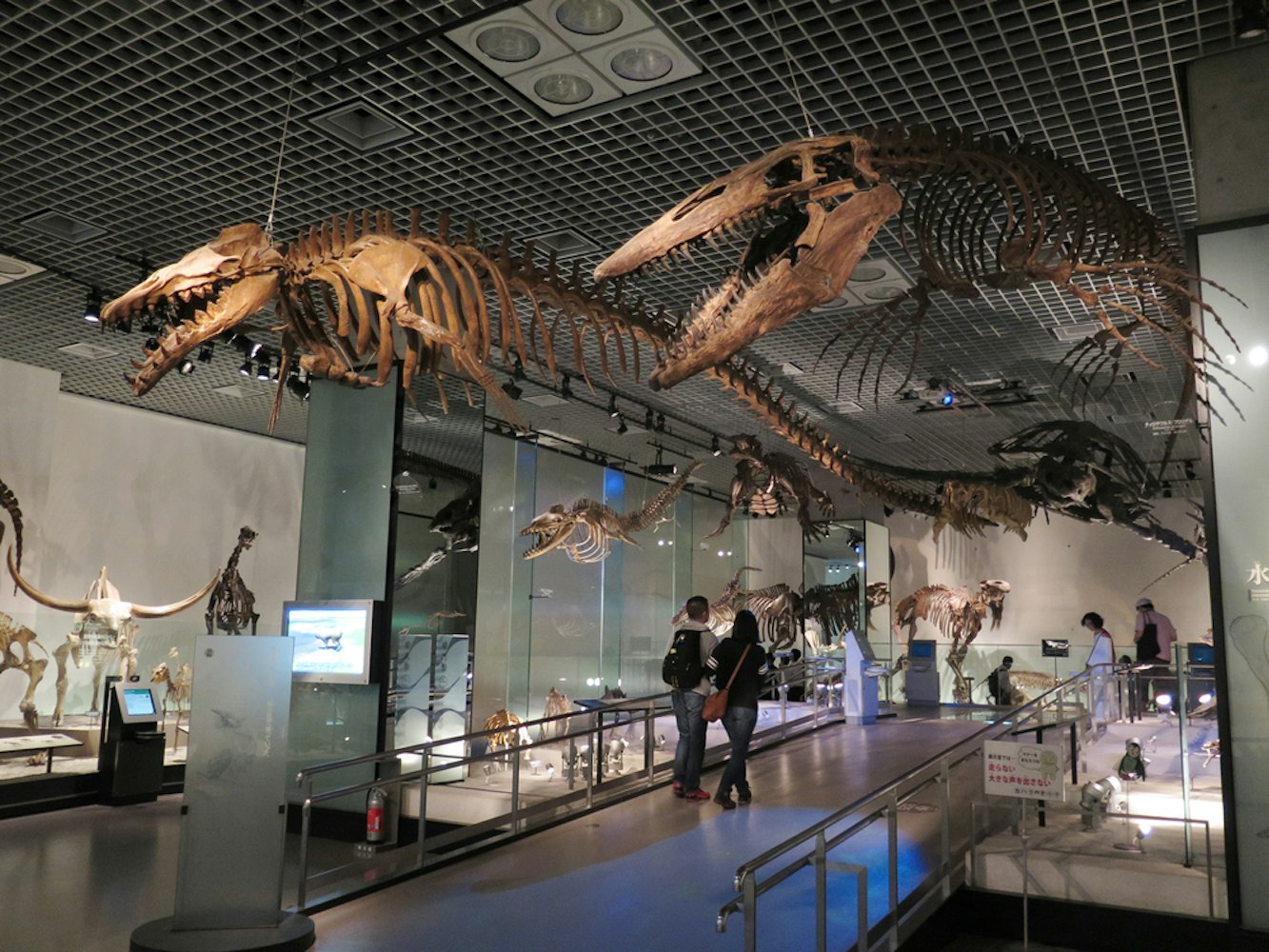
The Ueno Royal Museum, another key cultural landmark within the park, hosts a diverse range of exhibitions. This private museum provides a platform for artistic expression and exploration from traditional Japanese art to contemporary works. The National Museum of Western Art, a UNESCO World Heritage site designed by the celebrated architect Le Corbusier, is another must-visit destination in Ueno Park. It offers an extensive collection of Western art from the Renaissance to the early 20th century.
Temples and Shrines
Ueno Park is also home to several religious sites that offer a tranquil retreat from the hustle and bustle of city life. One of the park's most prominent religious landmarks is the Toshogu Shrine. Built in 1627, this golden shrine is dedicated to Tokugawa Ieyasu, the founder of the Edo shogunate. Despite the ravages of time and war, the shrine has remained largely intact, serving as a testament to Japan's architectural prowess and spiritual heritage.
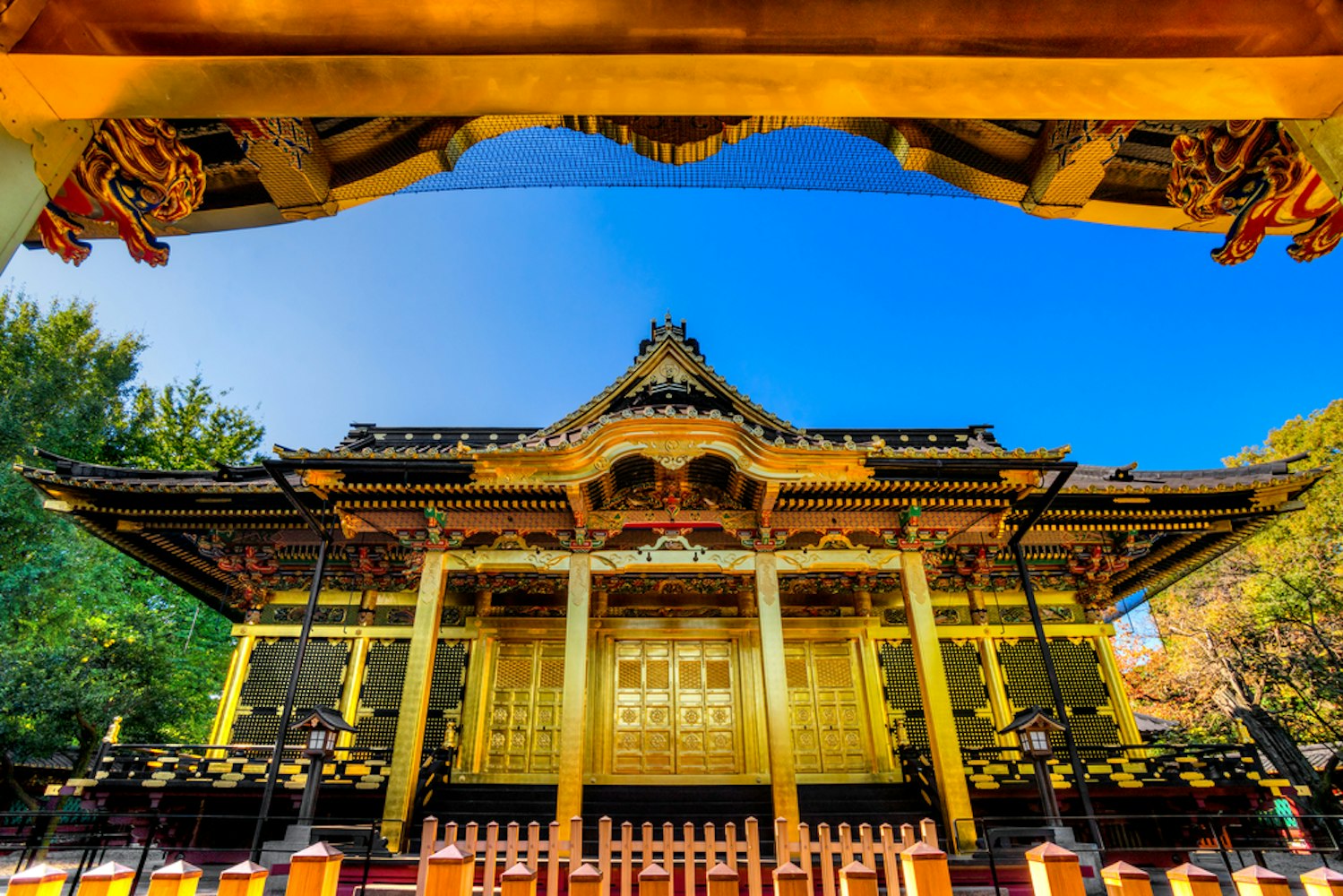
Another notable religious site within the park is Kiyomizu Kannon-do. This temple, which draws its design inspiration from the famous Kiyomizu-dera in Kyoto, is dedicated to the goddess of mercy. Visitors to these religious sites can enjoy a moment of peace and reflection amidst their natural surroundings, further enriching their Ueno Park experience.
Recreational Activities in Ueno Park
Ueno Park is not just a place of historical and cultural significance but also a popular recreational spot that attracts both locals and tourists. The park's vast green spaces, scenic pond, and lively atmosphere make it a perfect location for a variety of activities, from boating to picnicking and participating in outdoor events and festivals. Whether you're looking to relax, explore, or engage in fun outdoor activities, Ueno Park has something to offer for everyone.
Boating on Shinobazu Pond
Shinobazu Pond, located within Ueno Park, offers visitors the opportunity to enjoy boating amidst a serene and picturesque setting. The pond is divided into three sections, with the Boat Pond section specifically designated for paddle and row boating. Renting a boat and leisurely exploring the pond is a popular activity, offering a unique perspective of the park and an enjoyable escape from the city's hustle and bustle.
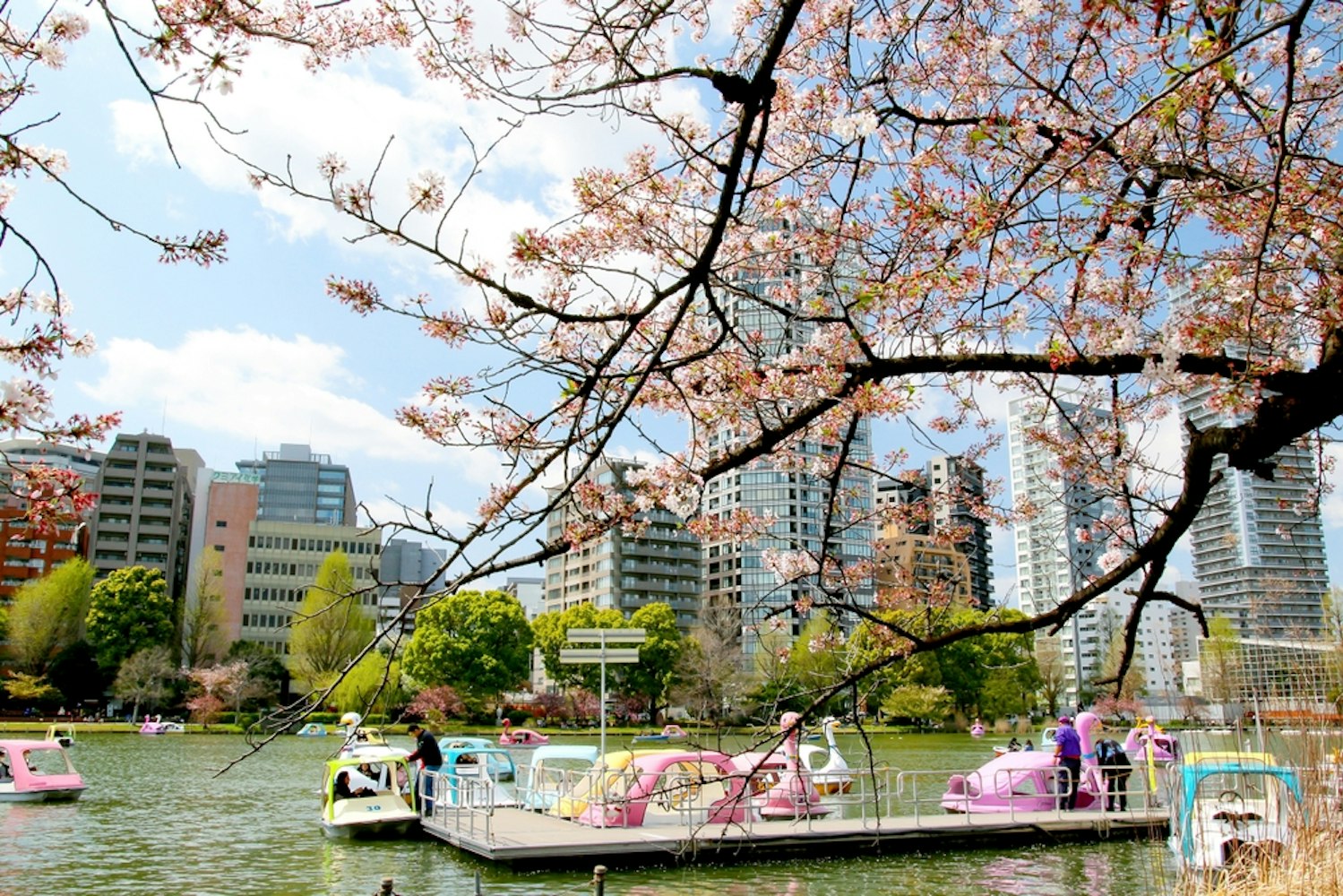
During different seasons, the scenery around the pond changes dramatically, enhancing the boating experience. In summer, the pond is covered with beautiful lotus flowers, while in winter, migratory birds can be spotted. Whether you choose a rowboat for a workout or a swan-shaped pedal boat for a relaxed ride, boating on Shinobazu Pond is a must-try activity when visiting Ueno Park.
Picnicking in the Park
Ueno Park, with its expansive lawns and shady trees, provides the perfect setting for picnics. Families, friends, and couples can be seen enjoying a meal outdoors, taking in the park's natural beauty. Picnicking in the park is particularly popular during cherry blossom season when the park transforms into a stunning pink paradise.

This tradition, known as "hanami," involves gathering under the blooming cherry trees and enjoying food and drinks. The atmosphere during this season is festive and lively, with people often spending the whole day celebrating the arrival of spring. However, picnicking in Ueno Park is not limited to cherry blossom season; it's a year-round activity enjoyed by many, providing a simple yet delightful way to connect with nature and unwind.
Outdoor Events and Festivals
Ueno Park serves as a vibrant venue for various outdoor events and festivals throughout the year. These events add to the park's lively atmosphere and offer visitors a chance to experience Japanese culture firsthand. The most famous of these is the Ueno Sakura Matsuri (Cherry Blossom Festival) held in late March to early April, featuring over a thousand cherry trees in full bloom.
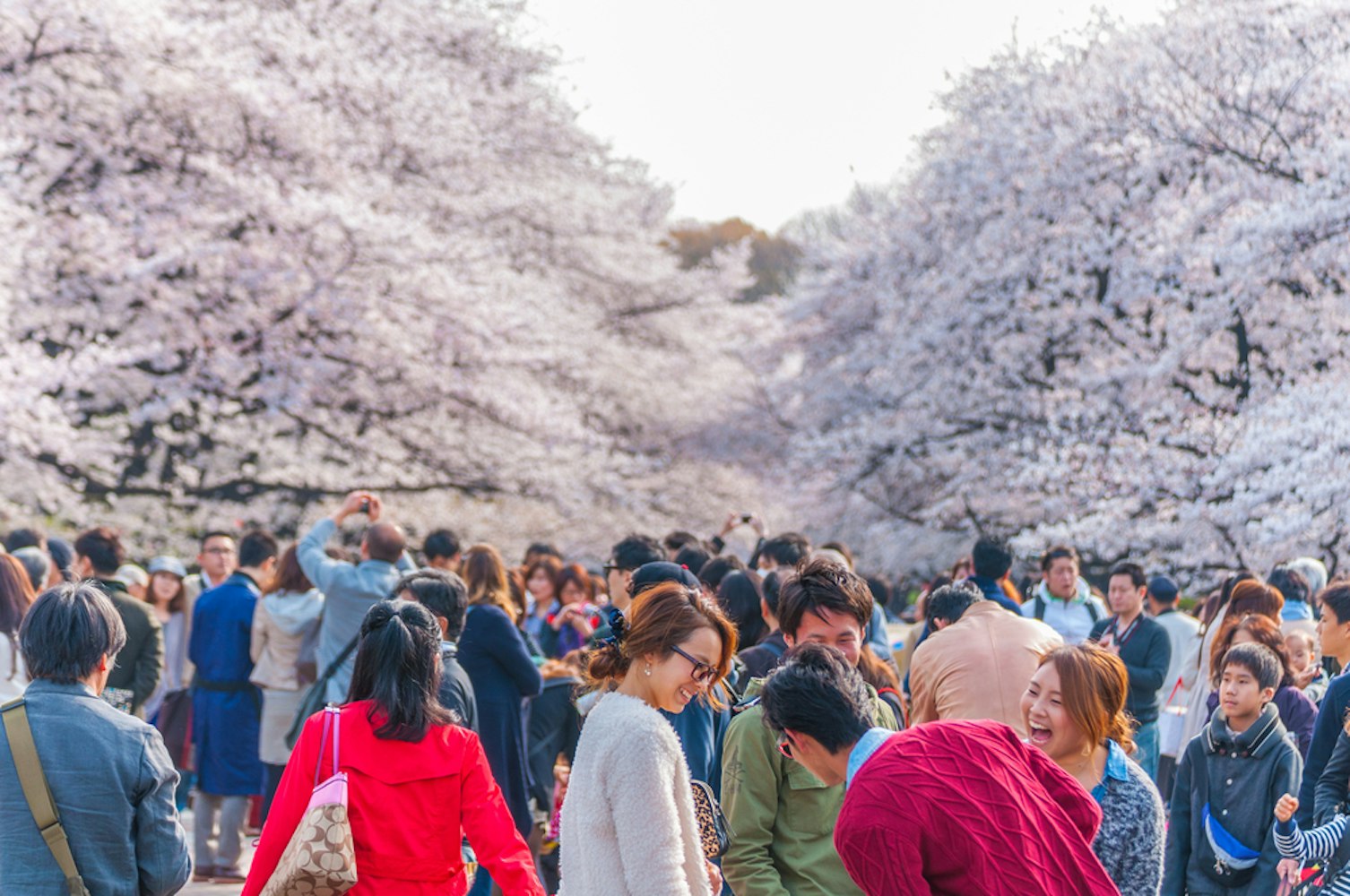
In addition to the Cherry Blossom Festival, the park also hosts other seasonal events such as the Ueno Summer Festival, which includes a parade, outdoor concerts, and a spectacular fireworks display. The Ueno Autumn Festival, on the other hand, celebrates the changing colours of the leaves, making it a visual treat for visitors. These events and festivals enhance the recreational experience in Ueno Park, making each visit unique and memorable.
How to Get to Ueno Park
Reaching Ueno Park is quite straightforward as it is conveniently located next to Ueno Station, a major transportation hub in Tokyo. The park can be accessed from Ueno Station's Park Exit. If you're traveling by JR lines, including the Yamanote Line, Keihin-Tohoku Line, or Utsunomiya Line (Shonan-Shinjuku Line), Ueno Station would be your stop. Tokyo Metro's Ginza Line and Hibiya Line also stop at Ueno Station.
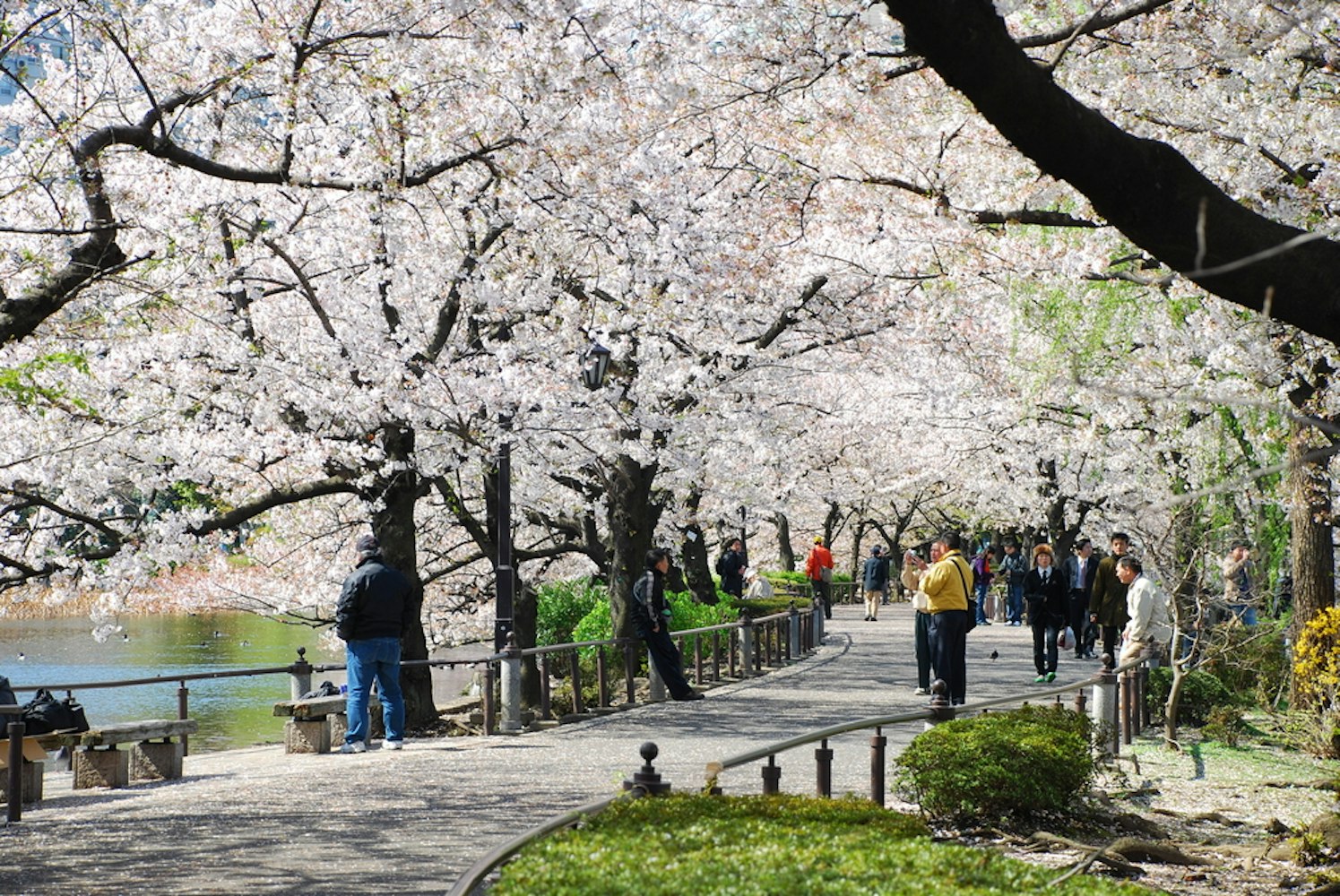
In addition to trains, several bus lines run by Toei Bus also stop near Ueno Park. If you're driving, please note that parking space within the park is limited, and using public transportation is generally more convenient. However, there are paid parking lots available in the vicinity.
When is the best time to visit Ueno Park?
Ueno Park is a year-round destination, with each season offering unique attractions. However, the most popular time to visit is during cherry blossom season in late March to early April. During this time, the park transforms into a wonderland of pink blossoms, attracting visitors for "hanami" or cherry blossom viewing parties.

Head to Ueno where you'll witness the locals indulge in traditional hanami festivities.
Summer is another great time to visit, especially with the Ueno Summer Festival in full swing. In autumn, the changing leaves offer a beautiful display of colors. Winter, while colder, offers its own charm and fewer crowds. The park usually opens from 5 AM to 11 PM, but the opening hours for different facilities within the park, like the Ueno Zoo and museums, may vary.



